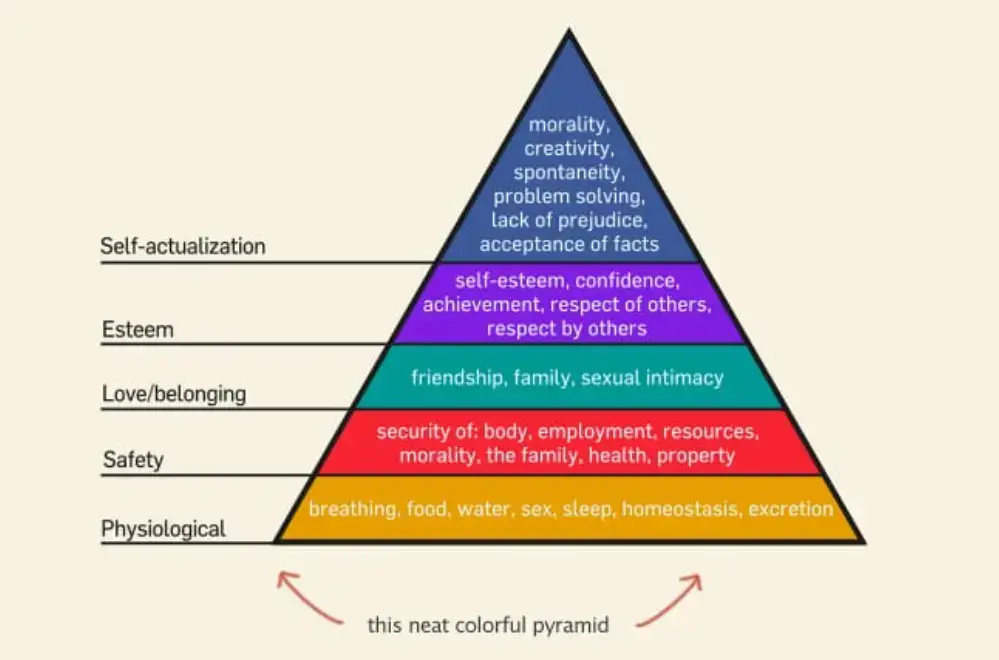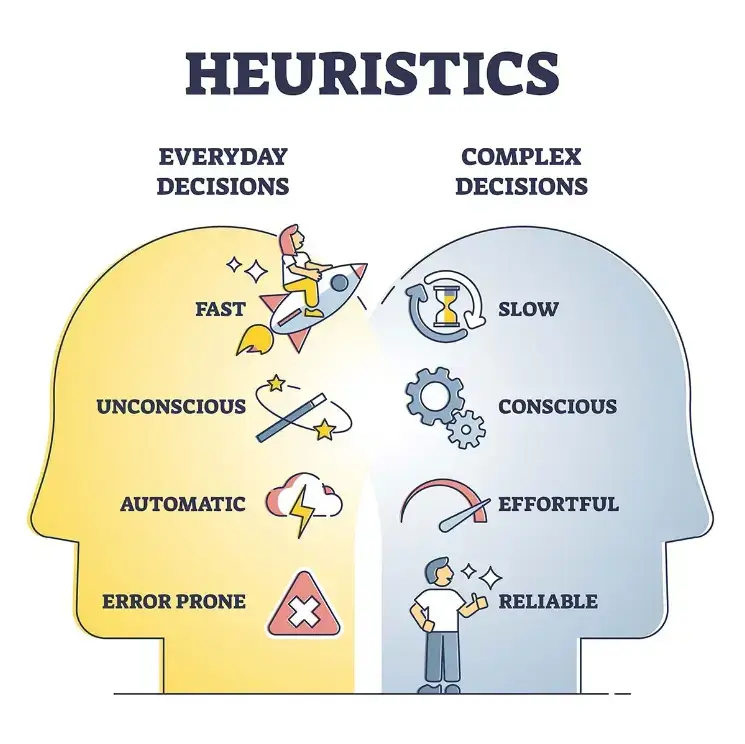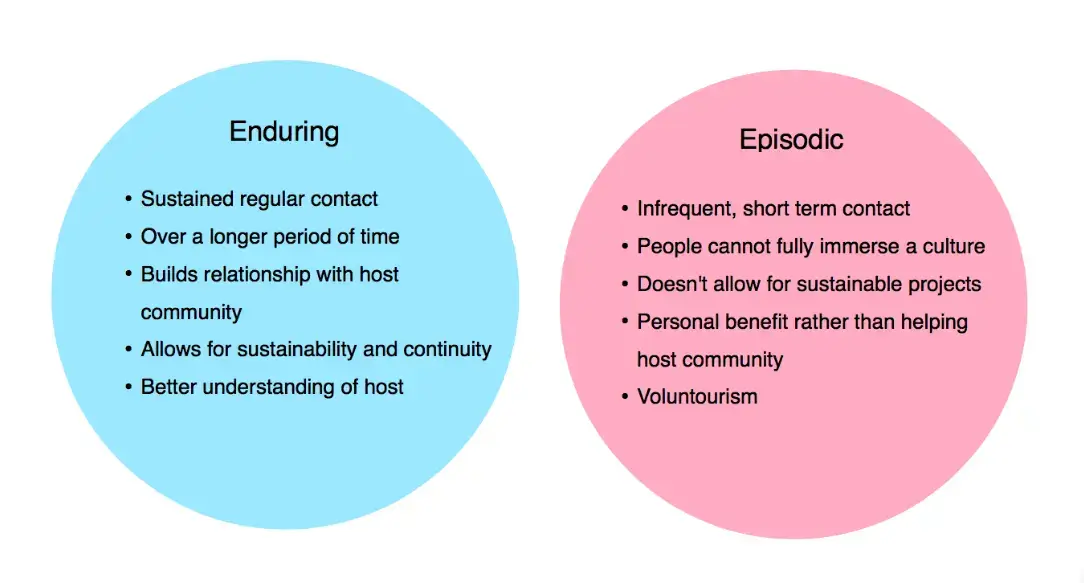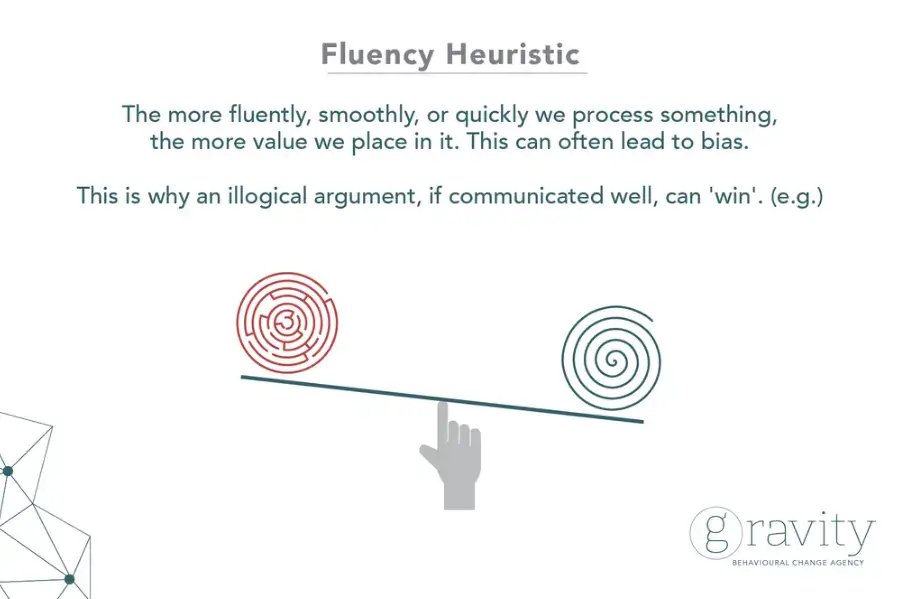There’s a difference between a content creator and an influencer. While many consider the two almost non-exclusive separate entities, you can be both. The glue that brings them together is viral content.
Most content creators aspire to build viral content that influencers and celebrities will share online. But how do you harness the power of memes and other viral content to elevate your own?
In this article:

Custom image created in Canva
Often, there is no actual formula behind content that goes viral, and that it happens organically. However, there are ways you can increase the likelihood of your content becoming more popular on social media.
The following guide will explore the psychology and science behind viral content and reveal strategies and tactics you should add to your marketing repertoire.
The Science Behind Viral Content
The best marketers and salespeople have a deep understanding of human psychology. Ultimately, good marketing exploits our cognitive biases and heuristics.
For instance, brands often capitalize on recency bias (or its subtype, the familiar face effect) by simply bombarding various channels with marketing material.

The idea is to create a feeling of omnipresence. Your targets may wait to convert; however, when they find they have a need or a use case that your product can fulfill, your brand will be the first name on their minds.
It’s a simple blunt tactic that attempts to fabricate virality. It can be effective, but the downside is it requires a large marketing budget.
Fortunately, more sophisticated (and affordable) techniques for seeding and nurturing viral content exist.
-
Understanding Heuristics
First, we need to understand how content is consumed and how it drives our decision-making. Heuristics have a large part to play here.

Heuristics are shortcuts that help us make decisions quickly, protecting us from constant choice/decision paralysis.
However, they can also fuel our prejudices and biases. When Amos Tversky initially introduced the concept of heuristics, he proposed three types (models):
- Anchoring and adjustment: When making decisions, people use initial reference points or anchors to help assess whether a decision is reasonable.
One example is how companies will often set their prices high at first before cutting them. Consumers often see these as discounts or bargains instead of realizing that the lower price is already a profit for the company.
Ultimately, the ‘anchor’ in this example is the initial price compared against the adjustment (the reduced price). Anchors tend to be short-term or current.
- Availability: People make decisions based on the most easily or freshly available information.
We avoid researching deeper or reading the fine print. In judged competitions, competitors who perform last often have the most significant advantage (sometimes disadvantage due to anchoring).
For example, because their performance remains the freshest in the judges’ minds, politicians are the last to speak to voters before official polling begins.
- Affect: People tend to make decisions based on their current moods, feelings, and attitudes instead of logic.
It’s why the concepts of retail therapy and buyer’s remorse exist.
Today, there are over twenty proposed heuristic models and types. We will reference more in the rest of the guide, but we’ll focus mainly on how the original three influence online content virality.
Leveraging Heuristics and Other Strategies To Create Viral Content
Emotionally evocative experiences tend to etch themselves into our memories more than emotionally mundane ones.
You must bear this in mind as you weave your advertising or marketing campaign outline.
-
Creating Stories
One way to emotionally impact your targets or leads is through engaging storytelling.
Episodic content marketing became a popular strategy in the 2010s. South African brand Tropika’s 2012 web series with comedian Kagiso Lediga (Island of Treasure) is one of the most notable examples.
The campaign was created to bring more brand awareness to Tropika’s dairy fruit drinks products and laid a foundation for Tropika’s Love Island, a reality show in its 8th season.
Kagiso’s Island of Treasure was successful because it had a charismatic host and was broadcast on public TV and YouTube.
Weaving this narrative and story is almost impossible in the era of TikTok marketing and short-form video content.
It’s still possible, though. On average, the most successful TikTokers produce videos with at least 32 seconds of content. They’ve found ways to tell entire stories within this time limit.
-
Developing an Episodic Marketing Strategy With Short-Form Videos
TikTok isn’t the only platform providing short-form video content - Facebook and Instagram have Reels, and YouTube has shorts.

Your brand or company may already have accounts with these platforms; however, we recommend creating new pages or accounts for your episodic content.
You should aim to make your episodic content look like a television/short film series as much as possible, and it should seem like its own unique entity.
You can share content from this new account on your other, more established accounts.
You can go as far as advertising content from this page/account on your main business page/account in the same way television networks do.
Your content should be fresh, emotionally evocative, and appeal to emotions such as pity, anger, hope, fear, and humor. It will allow your content to appeal both to affect and availability heuristics.
-
Text-Based Content Still Matters
Video-based media is just one example of how online content is shared and viewed. Text-centric media platforms like Twitter (X), Threads, etc., still have decent-sized user bases and their place in viral marketing.
And we can’t forget Facebook. According to Weave, Facebook has 1.82 billion daily active users, which means it’s still an important platform for brands of all industries, particularly for entrepreneurs of small to medium-sized companies both locally and internationally.
When users engage with content on Facebook or Twitter, it’s mainly through text. They may also comment through static images (memes) or GIFs, but the written text is still king.
However, you won’t be able to achieve virality using text alone. Your text has to be formatted correctly and flavored well. Here are some ways you can increase engagement on your text-based posts:
-
Including images
Research suggests that posts accompanied by images garner 37% more engagement than those without. This imagery has to grab people one way or another.
There is a growing trend where food influencers, online cooks, and food-related content creators have started incorporating small evocative details into their food images.
For instance, meteorologist Emily Goodman once posted a picture of a meal she recently cooked to highlight the extreme temperatures in Kentucky.
What was notable about it is that she had the butter on her corn blurred out. It left Facebook users concerned and confused, emotional states that most people do not like being in.
Ultimately, it was a strategy to garner attention and increase engagement, and it worked. The post had over 6,000 reactions, 1,000 comments, and over 130k shares in only two days.
Other food influencers have used similar shock tactics by including hair or insects (like flies) in the same frame as their food images.
Sometimes, they may share questionably plated and unappetizing meals to spark conversation.
While you can adapt this tactic to your approach, it can backfire and ruin your brand if not handled correctly.
-
Formatting your text
As the message of your text is only part of the equation, you should also format it nicely. Sometimes, acquiring more engagement comes down to asking for it without making it obvious.
People like sharing their opinions and feeling helpful or intelligent, so posts posed as questions typically get more engagement than those posed as statements.
You can use the “did you know” format to turn posts as statements into questions.
However, only some of your written posts should be formatted this way, as it could get stale fast. Even though specific rules restrict it, your content should aim to be diverse and varied.
That’s where another controversial marketing strategy comes in - using Cunningham’s Law to generate more engagement on your posts.
Cunningham’s Law states, “The best way to get the right answer on the internet is not to ask a question; it’s to post the wrong answer.”
This principle relies on people’s tendency to correct false statements or incorrect information they see online and share their knowledge.
By intentionally posting an incorrect statement, you can engage your followers in a conversation and garner more visibility and engagement with your posts.
-
Pay attention to post lengths
Shorter posts drive greater engagement than longer ones. While we can blame this on Twitter or the world’s ever-decreasing attention spans, your Facebook posts should have a 250-character limit.
In addition, you must understand your target audience well to write content that speaks to them.
-
Language, style, and verbiage
Fluency heuristics dictate that people are more likely to believe or support an idea if it’s more proficiently, charismatically, and skillfully presented.

Even if the premises of the idea are incorrect, people will more likely be persuaded by how it’s communicated. You must convey your message well enough to succeed.
As such, you should make textual content that is short, punchy, and well-written. It involves analyzing what stylistic elements your brand’s demographic reacts to more.
On average, what reading level does your audience have? What buzzwords do they react to the most? These are all questions you should answer before you create your written content.
Final Words
The above guide covered some of the science and psychology behind viral content.
We discussed how brands and marketers use our cognitive biases and heuristics to share their content successfully and how you can do the same.
However, there are other understated methods to increase content engagement and visibility.
For instance, adding emoticons/emojis to your written posts has increased engagement, although it can also make your posts seem less serious or professional to some.
You should consider when you launch or post your content too. Data indicates that content posted on Thursdays and Fridays generates the most engagement.
However, when you post is virtually inconsequential if what you post isn’t up-to-scruff. Ultimately, your success as a marketer and content creator will come down to how social media-savvy you are.

